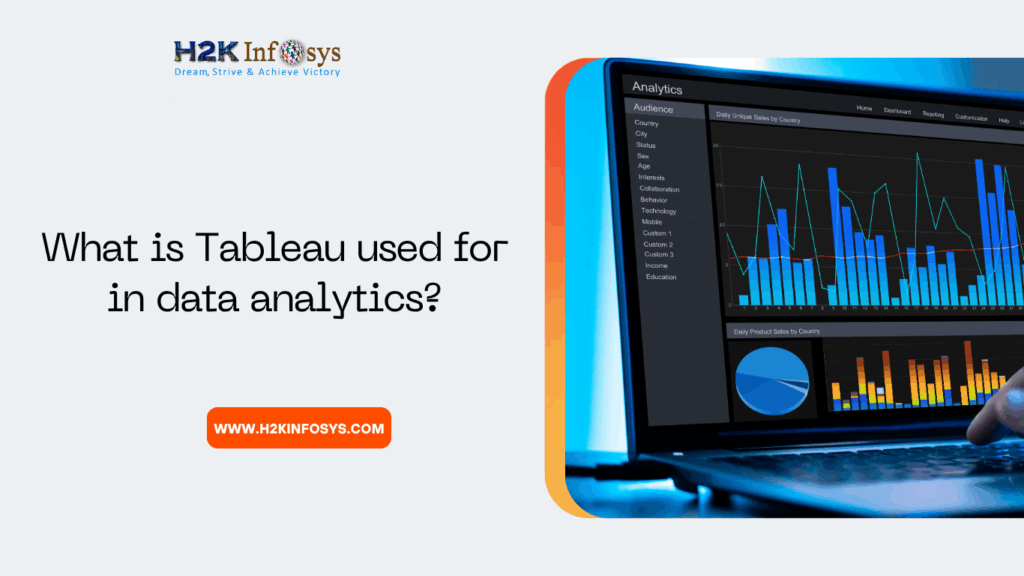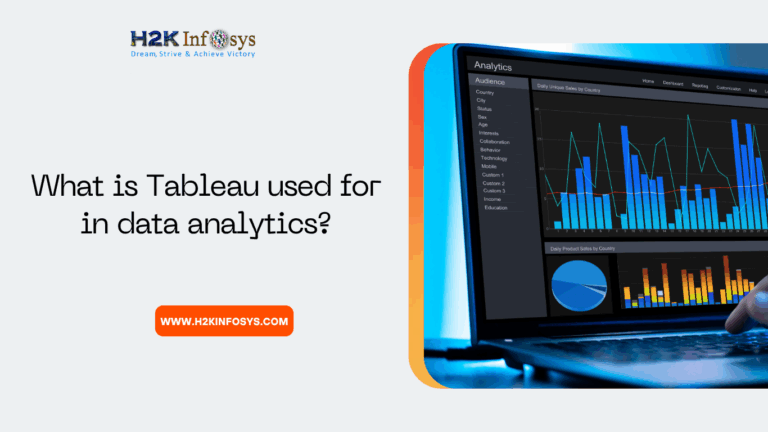Data architecture is a process that documents an organization’s assets, maps how data flows through systems and also provides a blueprint for managing data. The main goal is to make sure that data will be managed properly and also it meets business needs for the information.
The data architecture will support operational applications. It will be the prominent that defines the underlying data environment for the business intelligence and also updated analytics initiatives. Its output includes a multilayer framework for data platforms and data management tools as well as specifications and also standards for collecting, integrating, transforming and storing data.
The data architecture design may be the first step in the data management process. It creates inconsistent environments that need to be harmonized as a part of the data architecture. As per the nature data architectures aren’t set in stone and must be updated as a business needs to change, that makes them an ongoing concern for data management teams.
How has data architecture evolved?
The data architectures are less complicated than they are now. They are involved in structured data from transaction processing systems that are stored in relational databases. Analytics environments consist of a data warehouse, sometimes with smaller data marts that are built for individual business units and an operational data store as a staging area. The transaction data that we processed for analysis in batch jobs, using a traditional extract, transform and load processes for data integration.
The heavy usage of streaming processing systems which has brought real time data into more data architectures. Many architectures will support artificial intelligence and machine learning applications in addition to the basic BI and reporting driven by data warehouses. The shift to cloud based systems adds to the complexity of data architectures.
Why is data architecture important?
Designed data architecture will be the main part of the data management process. It assists data integration and data quality improvement efforts, as well as data engineering and data preparation. It specifies effective data governance and also development of the internal data standards. Those two things, in turn, help organizations that ensure the data will be accurate and also consistent.
A data architecture will be the foundation of data strategy that supports business goals and also priorities.
Characteristics of Data architecture
The importance of including the data governance and data regulatory compliance processes and the growing need to support a multi cloud environment. It will be concluded by notifying that data’s potential business value will be wasted if a data architecture does not make that available for the analytics use. There are other common characteristics:
- A business driven focus is aligned with organizational strategies and data requirements.
- It has flexibility and scalability that will highlight many applications and also meet the business that needs the data.
- There are strong security protections to prevent unauthorized data access and also improper use of data.
There are some examples like
- Data models, data definitions and basic vocabularies for data elements.
- Data flow diagrams which show how data flows through the systems and also applications.
- Documents which map data usage to business processes like CRUD matrix that are short to create, read, update and delete.
There are other documents that describe business goals, concepts and functions to help that align data management initiatives
There are policies and standards which will govern how data will be collected, integrated, transformed and also stored.
There is a high level architectural blueprint with different layers for processes like data ingestion, data integration and also data storage.
Benefits of Data architecture
There are many well designed data architecture which helps organizations that develop effective data analytics platforms which deliver useful information and insights. The insights will improve strategic planning and also operational decision making potentially leading to better business performance and competitive advantages. They also help with various applications like diagnosing medical conditions and scientific research.
Data architecture helps improve the quality of the data,streamline data integration and reduce data storage costs,all other benefits. It does by taking an enterprise view that is compared to domain specific data modeling and focusing on the architecture at the database level.
Questions
- What is the importance of Data architecture?
- What are the key benefits of Data architecture?

































